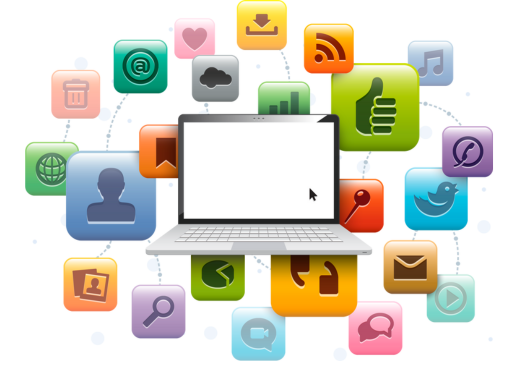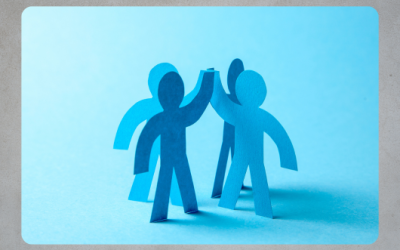There is an app for nearly everything. – To-do lists, scheduling, notes, team communications, project management, email marketing, forms, surveys, document signing, and workflows. No wonder everyone gets Follow Up Fatigue.
What if ONE APP replaced multiple apps that you use currently? Think about the time you will save.
What’s Wrong with Using Multiple Apps?
Although each app helps with a specific productivity need, using multiple productivity apps has its challenges:
- You have to manage all of your usernames and passwords for all apps.
- Data is entered multiple times across apps resulting in errors.
- Many apps do not integrate with others and if they do, there is an added cost for the integration.
- Your personal and customer data is spread across multiple platforms.
- Multiple salespeople using multiple apps leads to confusion and chaos.
These challenges impact your business and eat up your time. Using multiple apps to manage productivity causes more work for you, increases the risk of errors, and produces Follow Up Fatigue.
What If……
What if ONE app replaced multiple apps that you use currently? Think about your current apps (beyond email and calendar) and your manual processes. For example:
- What lists do you use?
- What notes do you keep and what do you do with the notes?
- What quotes and proposals do you prepare?
- How do you communicate internally with staff, vendors, and subcontractors?
- What reminders do you use?
As an owner or sales executive, using 1 platform, your CRM, to manage multiple, operational functions makes business sense. It’s a lot easier to get everyone on the same page when they are on the same platform!
Meredith’s Media Marketing Company (M3)
Meredith started M3 6 years ago to provide marketing services to commercial businesses. She started with 2 salespeople and 1 project manager. She now employes 12 staff, of which 4 are in sales. In the beginning, each salesperson had their own way of doing things, which was fine. Sales were coming in and it was just the beginning.
About 3 years ago, Meredith saw a few trends she did not like:
- When a salesperson left, it was hard to reorganize that person’s records that were made up of handwritten notes and spreadsheets.
- Certain costs were missing from quotes especially when scope revisions were made.
- Different salespeople used different quote templates for their proposals.
She realized that her salespeople used their own processes for lead generation and follow up, for writing proposals and that, at times, salespeople did not communicate about scope changes.
She gathered her team, presented her dilemma, and asked for the team’s help. The team embraced her ideas about how to use their CRM in the future.
What Did Meredith Learn?
When Meredith started M3, she did not anticipate her growth. When her 1st salesperson left after 3 years, she was blind-sided and did not realize how difficult it was losing the knowledge about current prospects and clients.
Here are changes Meredith made based on what she learned:
- M3’s client list and prospect list must be kept in 1 central place with daily backups. M3’s client and prospect lists are her most critical assets.
- Salespeople will maintain notes, tasks, emails, and quotes in the CRM. Having a contact-centric platform means Meredith can see prospect and client data.
- The CRM’s Quote Module will be used for proposals. There is only 1 proposal template for future proposals.
- Weekly sales meetings will be based on the sales funnel report.
Now, M3’s client and prospect lists are protected, and Meredith has the institutional knowledge to survive when a salesperson leaves. The proposal process has been revised so that scope changes are communicated internally using the CRM.
How Many Apps Do You Use?
Like Meredith and her salespeople, we all use multiple apps to help organize, analyze, save, and retrieve information. How many apps do you use?
Perhaps, your answer is “Too Many.” Many clients use their CRM to manage client and prospect relationships, keeping notes, tasks, quotes, and emails all in one place. Doesn’t this sound refreshing to you? Set up a meeting with me and we can discuss how you can manage your clients and prospects for your benefit!





